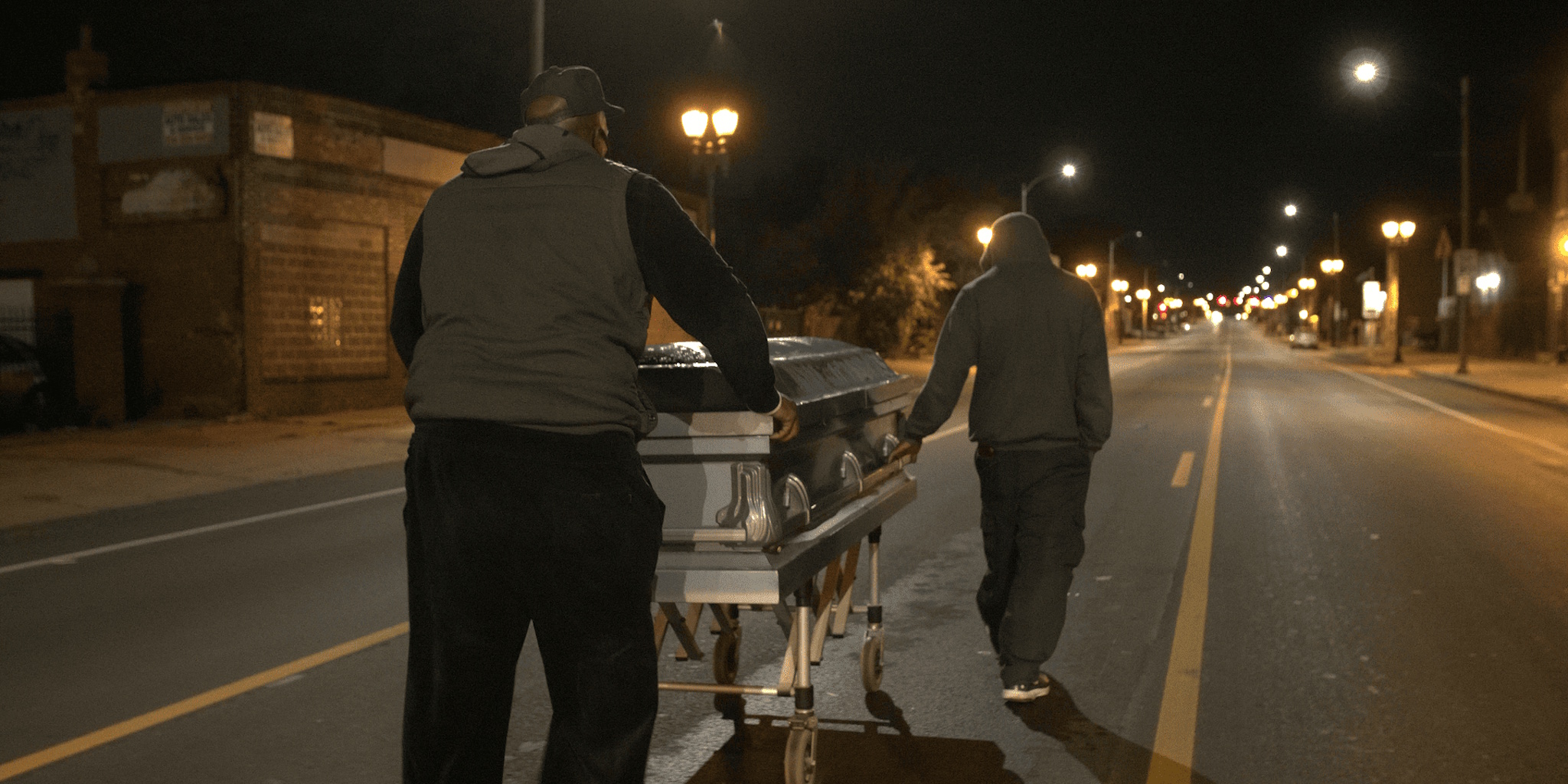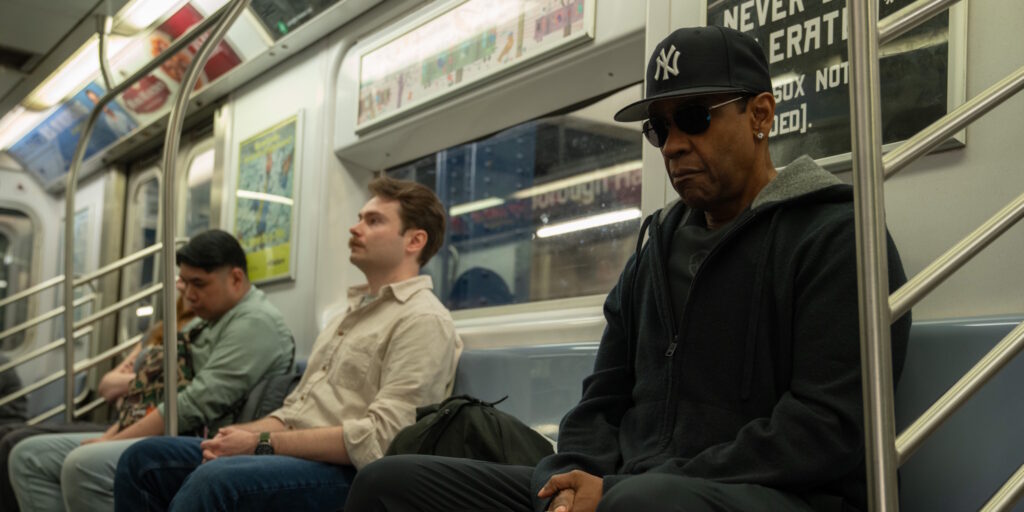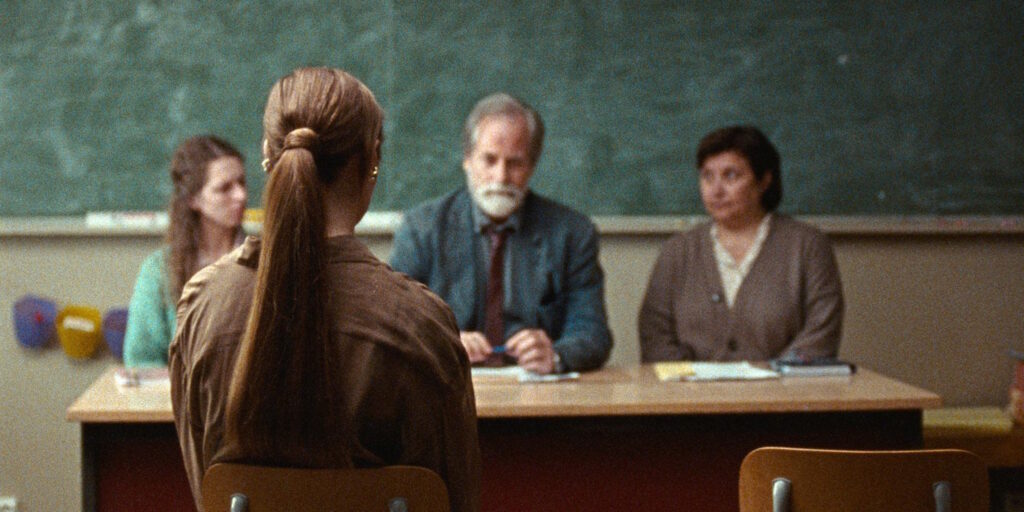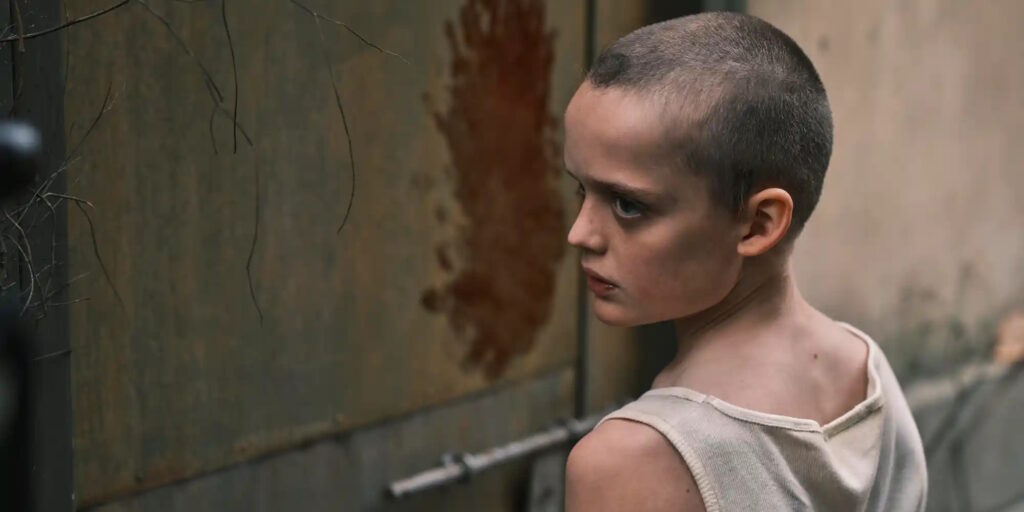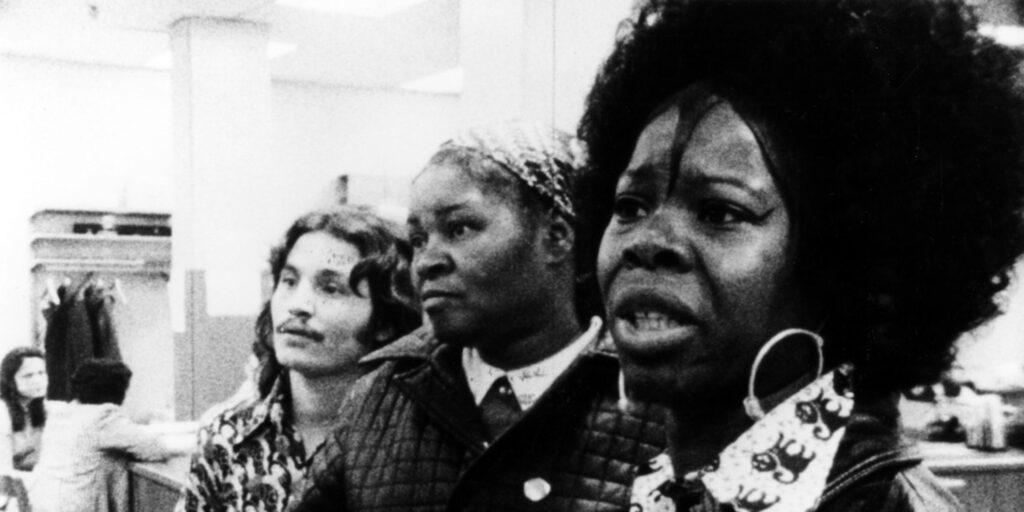For those of us fortunate enough to live in the cossetted security of suburbs or middle-class city neighborhoods, the epidemic of gun violence that plagues impoverished urban areas in the United States – especially those inhabited largely by Black residents – only occasionally affects our daily lives. Yes, crime sometimes intrudes on our relatively safe existence – home burglaries, stolen vehicles, even occasional robberies, car-jackings, and shootings – but such disturbing events remain rare, not routine.
That’s emphatically not the case in North St. Louis. Although the metropolitan area holds 2.8 million people, St. Louis City accounts for only a 10th of the population – less than 280,000. But a wildly disproportionate number of the St. Louis area’s murders occur in the city, with Black residents of North Side neighborhoods accounting for the vast majority of the victims: Of the 150 murders in St. Louis City in 2024, a staggering 124 of those killed were Black. The devastating impact of that everyday violence on the affected communities is the focus of Ben Scholle’s moving and angering documentary Catching Bullets.
Largely shot during 2020 and 2021, when the Covid-19 pandemic created a dramatic nationwide spike in crime, Catching Bullets chronicles the efforts of former gang member Darren Seals as he works to open the Sankofa Unity Center in the crime-ridden Walnut Park West neighborhood. Seals, who was himself shot 13 times during his lawless days, offers neighborhood teens an alternative to gang life – a safe place to gather for recreation, conflict mediation, and hands-on education in the trades (e.g., cutting and hanging drywall, tuckpointing) – but he’s realistically clear-eyed about his impact: Seals can only save those open to his advice, which he estimates as a scant one in 10. The blunt, often profane counsel of Seals and his Sankofa colleagues – “Just keepin’ it real,” he explains – often appears to have an effect in the moment, but the youngsters they attempt to school struggle to fully accept their advice, recognizing the older men’s hard-earned wisdom (and multiple wounds) but still tempted by the immediate gratification of retribution for real or perceived insults or the lure of deceptively easy cash.
That ambivalence is acutely felt in a session between Sankofa mentor Kerron Rhone El and Christian Rich, a teen whose cousin was allegedly murdered because he complained about grass clippings left on his property. As the probing conversation unfolds, Christian agonizingly debates the best response to this clearly absurd slaying, oscillating between an Old Testament-style vengeance, which will inevitably lead to incarceration and a tit-for-tat spiral of violence, and a grudging acceptance of the death, which will avoid an escalating body count of victims both innocent and guilty. The film’s end titles inform us that the killing was eventually ruled self-defense and that “to date” no retaliation has followed, but the qualifier makes clear that the question remains terrifyingly open, the threat of revenge never resolved.
Eye-opening discussions with young men who are trying to resist the pull of the streets recur throughout Catching Bullets, but one subject, Preston “Tink” Jones, receives particular attention. We first meet him when Seals mediates a dispute between Tink and another teen, Marcus, that began online but threatens to devolve into real-world gunplay. Seals successfully resolves that beef, and an ongoing relationship develops, with Tink spending time at Sankofa and appearing to glimpse a potential escape route from criminality’s dead end. As he helps restore the old church that serves as Sankofa’s HQ, Tink mulls the prospect of a legit job in the trades, and he displays even higher aspirations as a rapper. But Tink finds the abundant cash provided by selling drugs irresistible, as amply demonstrated in a social-media clip in which he boastfully shuffles through a fat stack of bills. Still more chillingly, a later sequence in the film shows Tink proudly brandishing a semi-automatic rifle as Seals warns of the dire consequences of using such weaponry. Hope finally appears to glimmer with the arrival of Tink’s child – we see him tenderly fussing over the baby in a cell-phone video – and he’s motivated to relocate to Texas for a fresh start. Sadly, that move provides only a temporary reprieve from his past, which catches up with Tink when he returns to St. Louis for a court date. At the film’s close, Scholle makes the vital contributions of Tink explicit with a “Created in Collaboration” credit for Preston Jones (and Darren Seals) as his song “Change” plays on the soundtrack.
Catching Bullets largely trains its spotlight on the young men who are most at risk of becoming both perpetrators and victims of gun violence, but one of the most devastating sequences in the film is the impassioned testimony of Erica Jones, who’s identified onscreen as Miss E. Her daughter, 24-year-old Whitney Brown, was senselessly killed in a drive-by shooting, and Jones subsequently founded Voice of the Voiceless STL to support others who have lost children to gun violence. Seals recruits Miss E to recount Whitney’s story in a video that will play at one of Sankofa’s regular outdoor screenings, and her emotional wounds remain as raw and exposed as on the day of the shooting, which she vividly re-creates with barely contained fury. Excoriating Whitney’s murderers in contemptuous terms, she speaks to them directly: “Y’all took my daughter! Ya’ll wanna say, ‘I’m hard, I go.’ You don’t go! You weak. You soft. You ain’t about that life. You’re not ready for that…. You’ll pick up a gun because you say that’s what make you a man. You’re soft as fuck!… You, the shooters, look me in my face. You’re going to wind up 6 feet, and your mother’s gonna sit right where the fuck I’m sitting at, because you wanna be hard.”
Although Catching Bullets spends the bulk of its time in Sankofa, the film also features several sequences chronicling Seals’ work with Cure Violence St. Louis as a violence interrupter – a person who intercedes in already volatile situations with the hope of preventing or at least damping further explosions. Cure Violence’s interrupters also take to the streets in a show of resistance and plea for peace – they often parade with a coffin that represents the shooting victims – but their core mission is mediation, and the film includes an especially fraught nighttime conversation with a pair of heavily armed men bracing for retaliation after a shooting.
A Chicago-based initiative now with a national reach, Cure Violence is the successor to CeaseFire Chicago, which was featured in Steve James’ exceptional documentary The Interrupters (2011). (Catching Bullets pays fleeting tribute to its forebear with a glimpse of a DVD of The Interrupters in Cure Violence’s office.) Beginning in 2020, St. Louis employed Cure Violence to address three especially crime-prone neighborhoods – Walnut Park, Dutchtown, and Wells-Goodfellow – but when the organization’s three-year run concluded at the end of 2022, the city opted not to renew the contract because it claimed there were no measurable effects in two of the targeted locales. Seals, it should be noted, worked in Wells-Goodfellow, which was the area in which Cure Violence had a discernible impact, preventing 12 incidents of gun violence over 36 months, according to an analysis by Washington U.’s Institute for Public Health.
In the years following the events chronicled in Catching Bullets, St. Louis City has made modest progress, declining from the pandemic-era high of 263 murders in 2020 to 150 in 2024. That remains an appallingly large number, and the film’s viewers can be forgiven for despairing over the problem’s seeming intractability. In fact, my primary criticism of the documentary is its failure to clarify for non-St. Louisans the region’s self-defeating city/county divide, the Balkanized nature of its 90-odd municipalities, and the apartheid-like isolation of most of our Black population in the northern areas of the city and suburbs. I understand the desire to maintain cinéma vérité immersion – the film largely excludes any expert commentary – but providing some geographic and historical perspective would have contextualized the St. Louis metro area’s homicide rate, which is far less extreme when viewed holistically. St. Louis’ reputation as one of the nation’s murder capitals only feeds right-wing dystopian fears, which Dear Leader Trump is currently exploiting with his threats to expand military incursions into Blue-state cities beyond Washington, D.C. In its Aug. 21 edition, the Washington Post quotes Trump on his histrionically skewed “thoughts” on urban America: “The cities are rotting, and they are indeed cesspools of blood.” Watched in siloed isolation, Catching Bullets risks confirming those dark and blinkered views.
None of which is meant to diminish the grim losses experienced in the communities in which Catching Bullets is set: The many murders in St. Louis undeniably require both acknowledgement and redress. The solution, of course, isn’t Trump’s occupying army – while he blithely cuts education, health-care, and SNAP funds that address root causes of inequities – but indomitable citizens like Darren Seals. As he rightly asserts: “The only people gonna fix these streets are the ones who messed it up.”
Full Disclosure: Sharp-eyed viewers who patiently stay with films to their copyright-notice conclusion will see that my name appears among the many who are thanked in Catching Bullet’s end credits. As the former executive director of Cinema St. Louis, I’ve known filmmaker Ben Scholle – senior professor of cinema arts at Lindenwood College – for 20-or-so years, and the St. Louis International Film Festival (SLIFF) has screened all of his feature documentaries, both those he directed (HairKuTT in 2005 and The Worst Crime – then known as Through the Cracks – in 2019) and those he edited (Doug Whyte’s Silver Spurs in 2007). Ben and I have also hoisted beers and chatted at many SLIFF and St. Louis Filmmaker Showcase parties and lunched together at multiple editions of Columbia, Mo.’s True/False Film Festival. Skeptics can feel free to discount my praise of Catching Bullets accordingly.
Catching Bullets is now available to stream on major platforms, including Hoopla, Plex, and Prime Video.
